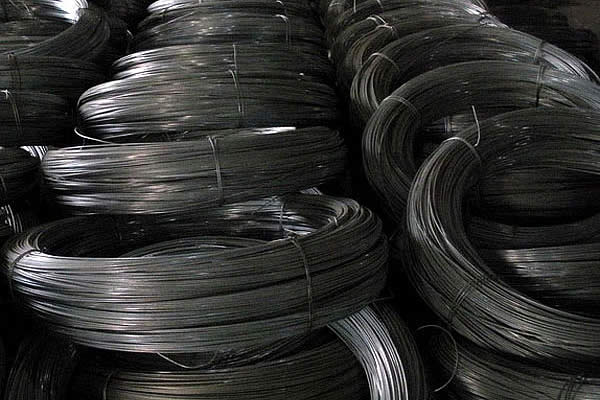 TEL:
+86-13102802206
TEL:
+86-13102802206
 Email:
fencenetting@china.com
Email:
fencenetting@china.com
 Language
Language
 TEL:
+86-13102802206
TEL:
+86-13102802206
 Email:
fencenetting@china.com
Email:
fencenetting@china.com
 Language
Language


The Evolution and Significance of Iron Wire Cable
The realm of communication and electrical engineering underwent a remarkable transformation in the 19th century, driven significantly by innovations in wire technology. Among these breakthroughs, the iron wire cable emerged as a pivotal component that revolutionized telegraphy, telecommunications, and eventually power distribution systems.
Historically, the utilization of wire to conduct electricity dates back to the early experiments of scientists such as Alessandro Volta and Michael Faraday. However, it was the introduction of iron wire that marked a turning point in the efficiency and practicality of these systems. Before the advent of iron wire cables, copper was the predominant material used for creating wire. While copper provides excellent conductivity, it is relatively expensive and less abundant than iron. The use of iron wire offered a more cost-effective alternative, allowing for more extensive networks to be established without the prohibitive costs associated with copper.
The benefits of iron wire cables extend beyond their economic advantages. The inherent strength and rigidity of iron allow these cables to withstand considerable tensile stress, making them ideal for long-distance applications. This characteristic was particularly significant during the expansion of telegraph networks across vast distances. The first successful transatlantic telegraph cable, laid in the mid-19th century, utilized iron wire, which played a crucial role in ensuring signal integrity over long spans of water.
As technology advanced, iron wire cables evolved further
. The introduction of the armored cable concept—where iron wires were not only used as conductors but also provided structural support—enhanced the durability of cables, protecting them from environmental factors and physical damage. This development was instrumental in the expansion of electricity grids, allowing for the safe transmission of electrical power over great distances without the risk of cable failure.
Iron wire cables are also essential in various modern applications. In the realm of telecommunications, they are commonly used in overhead lines due to their strength and resistance to wind and trees. Moreover, in construction, iron wire cables are often employed in suspension bridges, providing the necessary tensile strength to support heavy loads. Such cables play an integral role not only in infrastructural integrity but also in ongoing advancements in engineering and construction methods.
Despite these advantages, the use of iron wire cables is not without its drawbacks. Iron is susceptible to rust and corrosion, particularly when exposed to moisture and adverse weather conditions. This limitation has led to the development of protective coatings and alloys to enhance the longevity and reliability of iron wire cables. Furthermore, in the context of electrical conductivity, iron does not perform as well as copper; hence, research continues to explore composite materials and innovative coatings that can merge the benefits of both metals.
The journey of iron wire cable technology reflects broader trends in materials science and engineering. As we continue to pursue sustainability and efficiency, the challenge lies in balancing material costs with performance requirements. The future may see a transition towards more environmentally friendly practices in cable manufacturing, including the recycling of existing materials.
In conclusion, the iron wire cable stands as a testament to human ingenuity, fostering advancements that have shaped the modern world. From its role in facilitating global communication to powering our cities, the evolution of iron wire cables showcases how materials can redefine industries and enhance our interconnectedness. As we move forward, the legacy of iron wire cables will undoubtedly influence future innovations, ensuring that the spirit of creativity and improvement in technology endures.